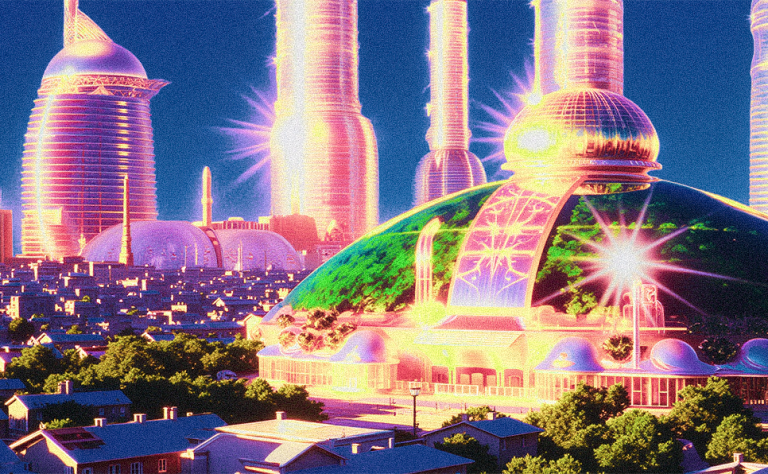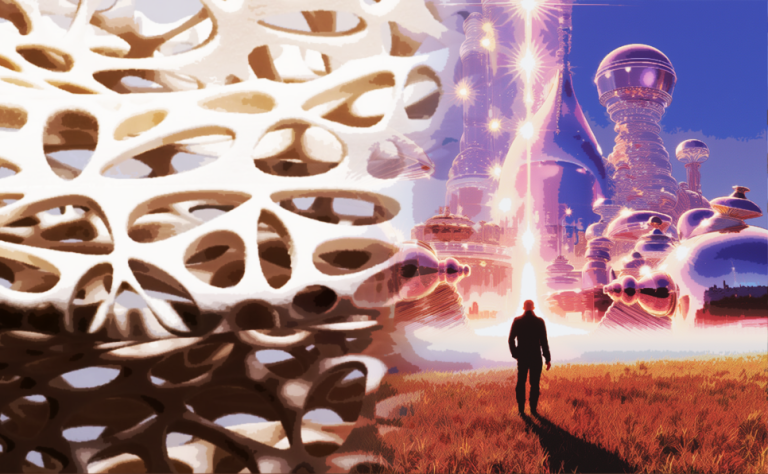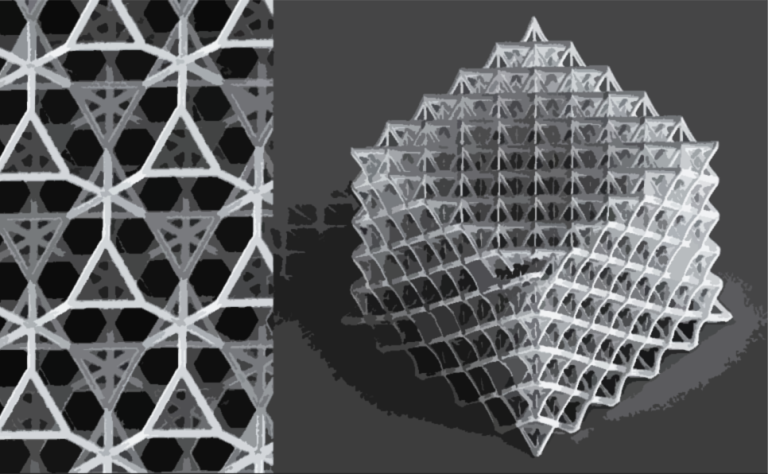Tadao Ando: Conversations with Students Book Review
Tadao Ando is a very successful Japanese architect. His mentality and his buildings have always been interesting to me. He has successfully combined Japanese architectural thinking with Western architectural thinking and achieved attractive forms and spaces. The book ” Tadao Ando: Conversations with Students ” written by Matthew Hunter was a very good book that helped me get to know more about his mind. It also helped me understand western architecture better.
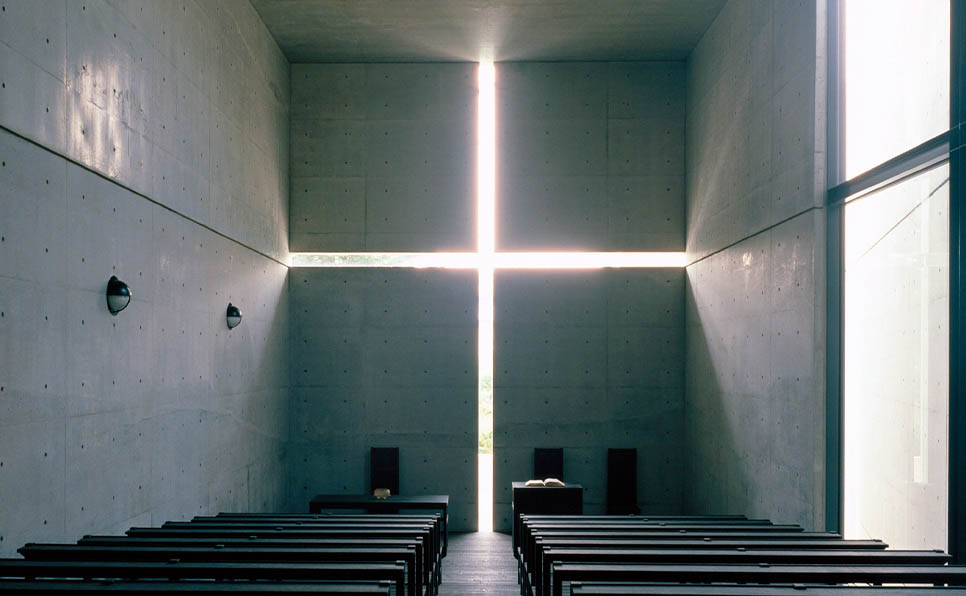
Introduction
In the introduction, Tadao Ando talks about issues like consumerism. He then refers to the earthquake that occurred in Japan on March 11, 2011. He emphasizes that the architect has a great duty to the society.
” When we start a project, we should think deeply about the possibilities that architecture can create for the future of human society and think about how we can create places where people can continue to live with hope. ”
– Tadao Ando
Chapter One
The first chapter is about the travels of Tadao Ando. The trip to India made him think inwardly. He states that he was attracted to Shoin-zukuri architecture when he was young. Shoin-zukuri is a style of Japanese architecture that uses natural materials in design.He says that in order to properly understand architecture, we should use our five senses as much as possible.
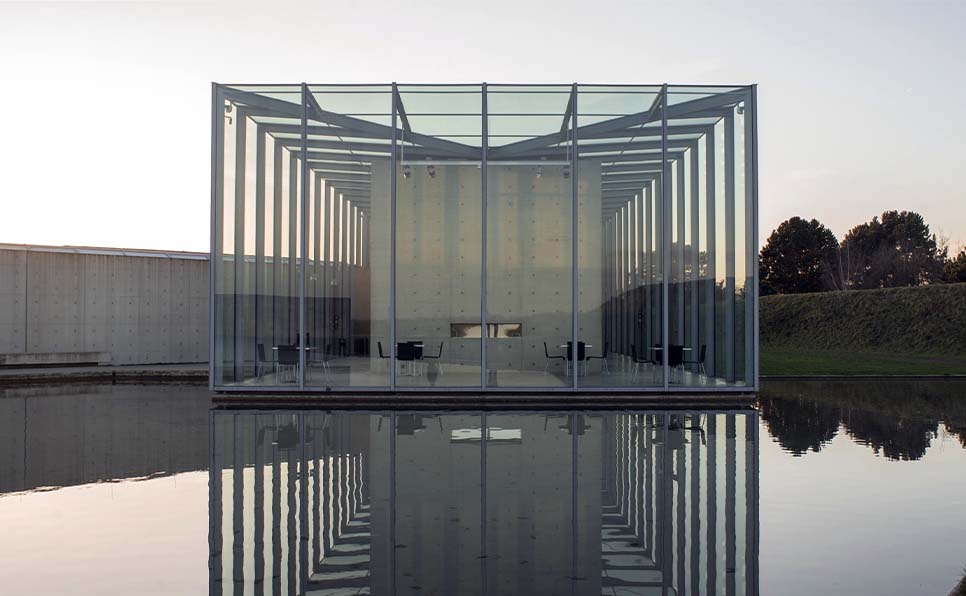
Chapter Two
The second chapter is about regionalism. It was very interesting. He pointed to Rome Koolhaus. The idea and opinion of Koolhaus has raised him a lot both in the Netherlands and in the rest of the world. He really does interesting things.
The originality of Koolhaus lies in denying the tendencies of previous generations.
– Tadao Ando
He then talks about visiting the Schröder House by the Dutch architect, Gerrit Rietveld.The exterior of this building and its surroundings have nothing to do with each other. But when Tadao visits its interior, he notices Rieveld’s determination and genius.The fluid combination of its space and the separate living spaces on the second floor, which are enlarged by moving the movable partition. These were new ideas that Rietveld had used in his work.
After that, he talks about modernism and he has also expressed some things about Japanese regionalism. For example, the use of colors and materials in traditional Japanese architecture is very unique. And the houses are made of materials that have natural color and are very close to nature. (ground, wood, straw)
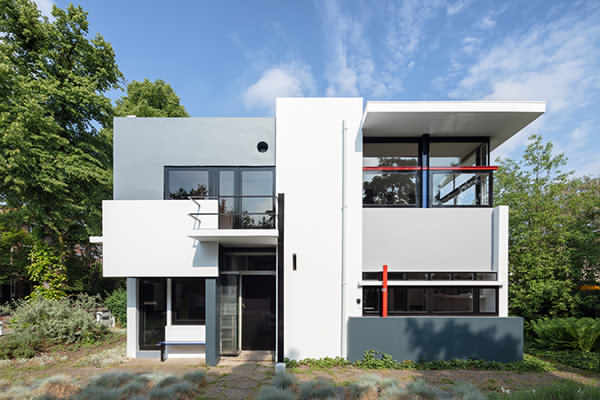
Chapter Three
Architecture is always a product of collaboration.
– Tadao Ando
The first paragraph mentions a point that I really liked.
In general, it is in this case that a building is the result of gathering a group of people with different abilities. This is really extraordinary. Architects, structural engineers, etc., are working for a single goal. An architect has a role like a manager who must bring together a group of creative and motivated people to design cool things together.
Le Corbusier
After that, he talks about Le Corbusier.
Le Corbusier had a great influence on Tadao Ando. Unlike Frank Lloyd Wright, who did all the design of a building (from furniture to the plan of a building) by himself, Le Corbusier was a team person. He was influenced by others. One of them is Pablo Picasso.
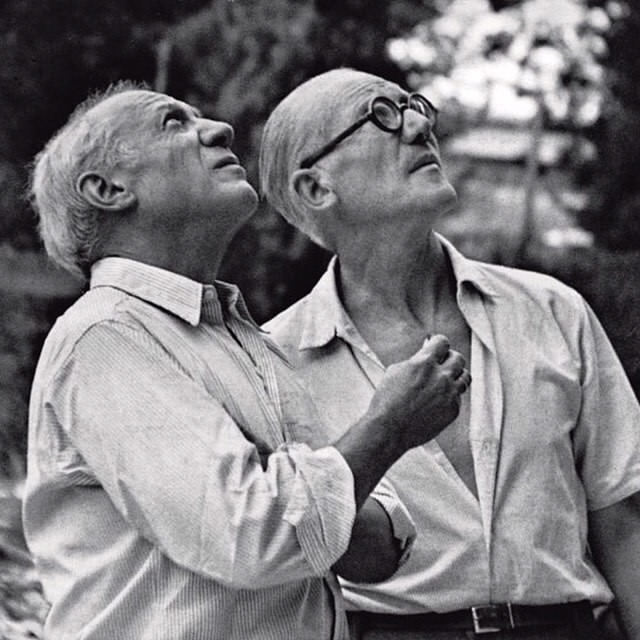
After that, Tadao talks about getting to know concrete. He himself says that his use of concrete in his works is a kind of tribute to Le Corbusier.
First Job
Tadao’s first job was a residential house. But because the employer’s needs had changed, he didn’t want the house and Tadao bought it and turned it into his office.
This office is actually Tadao’s mind, which has changed over time according to his perspective.
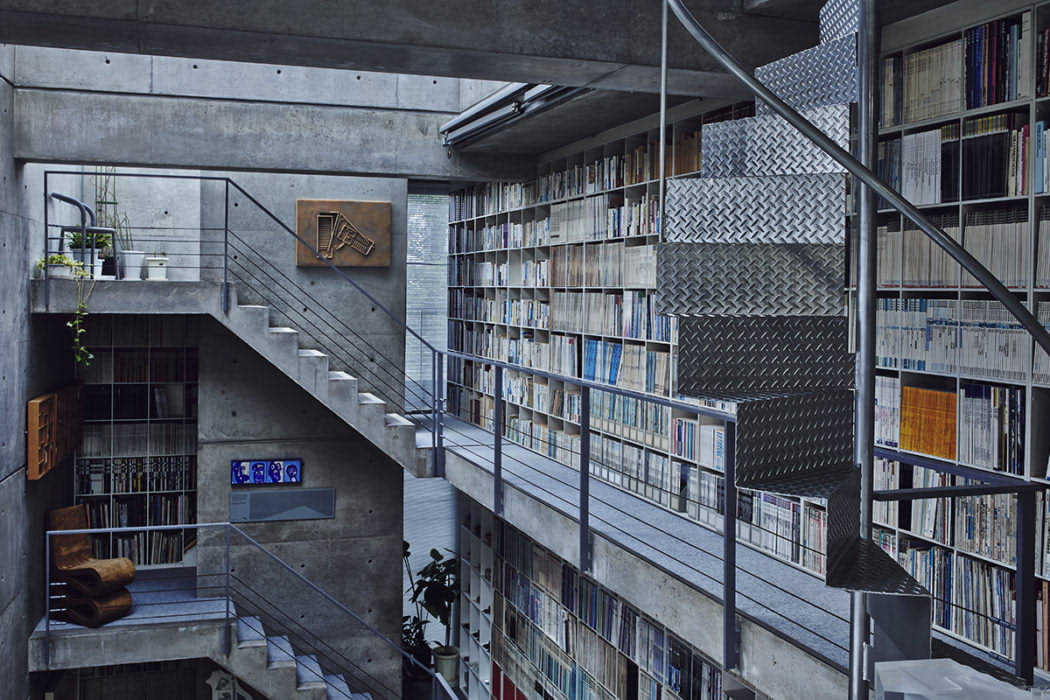
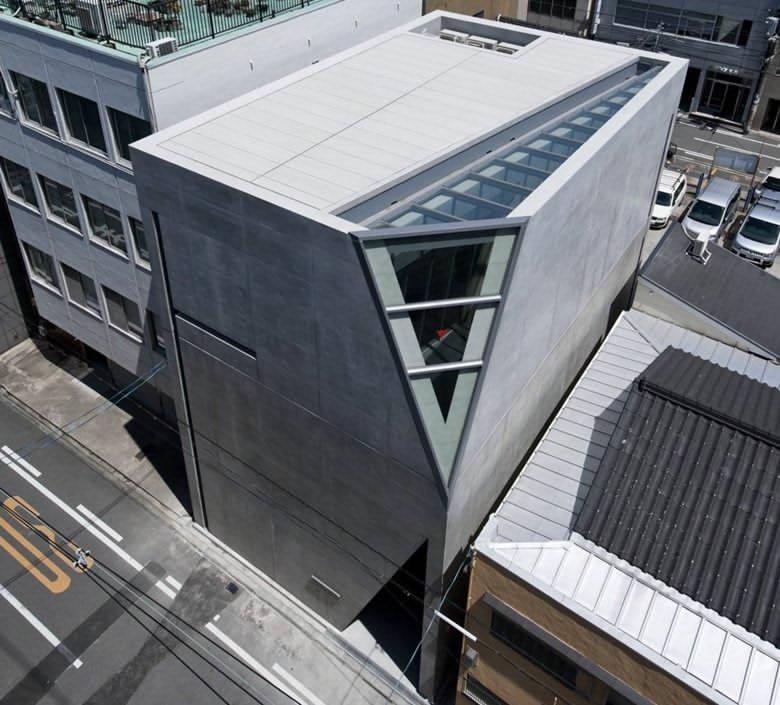
The interesting thing is that Tadao mentioned that this office was not practical. For example, there was no elevator and people faced problems. They kept the original configuration of the building and rebuilt it.
I think it is very interesting that he used concrete decisively. The building is like a single place in that area where extraordinary things can happen. Simple and strong forms emphasize that we are here to design, so go away!😂😂
Chapter Four
The fourth chapter is about individuality in architecture.
Architects, unlike artists, always find an excuse to do or not do their work. Architects stand on their ideology and thinking and do not allow anything to change it. (This is both a good thing and not)
It is important for architects that implementation issues do not affect their ideology and aesthetics.
Chapter Five
The fifth chapter is about the love of architecture. It was a beautiful title.
The construction of an architectural building creates a city. People live in these cities and make their memories. So that’s why architecture is important. Architects are building the environment around people’s memories in different parts of the world.
The Hanshin-Awaji earthquake showed that within seconds, an economy-oriented city built in the absence of coordinated urban planning was destroyed. This earthquake destroyed a large part of the history of this city.
In the end, it can be said that this informative book confronts us with the twists and turns that an architect struggles with. Society, culture, weather and within ourselves. All this affects the work of an architect and makes his building take shape and come alive.

